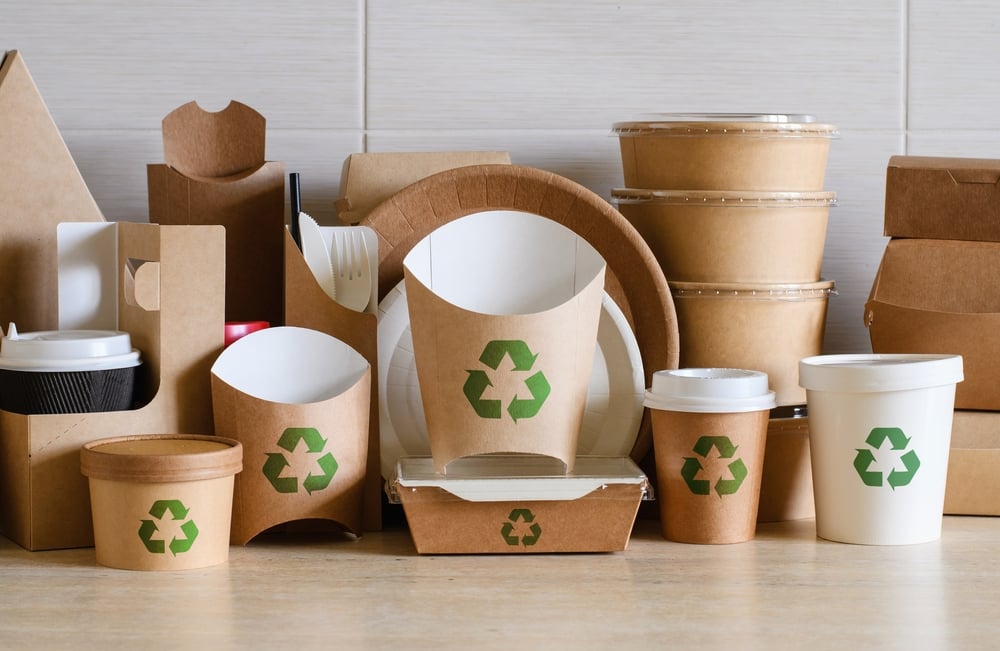
In today's environmentally conscious world, the demand for eco-friendly packaging is on the rise. As businesses strive to reduce their carbon footprint, one aspect that often goes unnoticed is the color of packaging. In this blog post, we will delve into the world of eco-friendly packaging and explore the significance of colors in sustainable packaging solutions.
- The Importance of Eco-Friendly Packaging:
Eco-friendly packaging plays a crucial role in reducing waste and minimizing environmental impact. It encompasses various aspects such as using recyclable materials, reducing energy consumption during production, and promoting sustainable practices. However, the color of packaging also plays a significant role in its eco-friendliness. - Understanding Color and Sustainability:
a. Natural and Earthy Tones:
Colors inspired by nature, such as earthy browns, leafy greens, and ocean blues, are often associated with eco-friendly packaging. These colors evoke a sense of harmony with the environment and reflect the use of natural and sustainable materials.
b. Minimalistic and Neutral Colors:
Neutral colors like white, beige, and gray are commonly used in eco-friendly packaging designs. These colors not only convey simplicity and elegance but also allow for easier recycling and repurposing of the packaging materials.
c. Vibrant and Recyclable Colors:
Contrary to popular belief, eco-friendly packaging doesn't have to be dull or monotonous. Vibrant colors can be used, provided they are applied using environmentally friendly dyes and inks. These colors can add visual appeal to the packaging while still being recyclable and sustainable.
- Sustainable Colorants and Dyes:
a. Plant-Based Dyes:
Using dyes derived from plants, such as beetroot, turmeric, or spirulina, is an eco-friendly alternative to synthetic dyes. These natural colorants not only provide vibrant hues but also minimize the environmental impact associated with traditional dyeing processes.
b. Water-Based Inks:
Water-based inks are an excellent choice for eco-friendly packaging as they are free from harmful chemicals and volatile organic compounds (VOCs). These inks are easily recyclable and biodegradable, ensuring a minimal ecological footprint.
c. Recycled Pigments:
Utilizing pigments derived from recycled materials, such as post-consumer waste or industrial byproducts, is another sustainable approach to coloring eco-friendly packaging. This not only reduces waste but also adds a unique touch to the packaging design.
- Consumer Perception and Color Psychology:
The color of packaging can significantly influence consumer perception and purchasing decisions. By incorporating eco-friendly colors, businesses can convey their commitment to sustainability, attract environmentally conscious consumers, and differentiate themselves in the market.
Conclusion:
In the realm of eco-friendly packaging, colors play a vital role in conveying sustainability, enhancing visual appeal, and influencing consumer behavior. By opting for natural and recyclable colors, utilizing sustainable colorants, and understanding the psychology behind color choices, businesses can create packaging that is both visually appealing and environmentally responsible. Embracing eco-friendly colors is a step towards a greener future, where packaging not only protects products but also preserves our planet.




